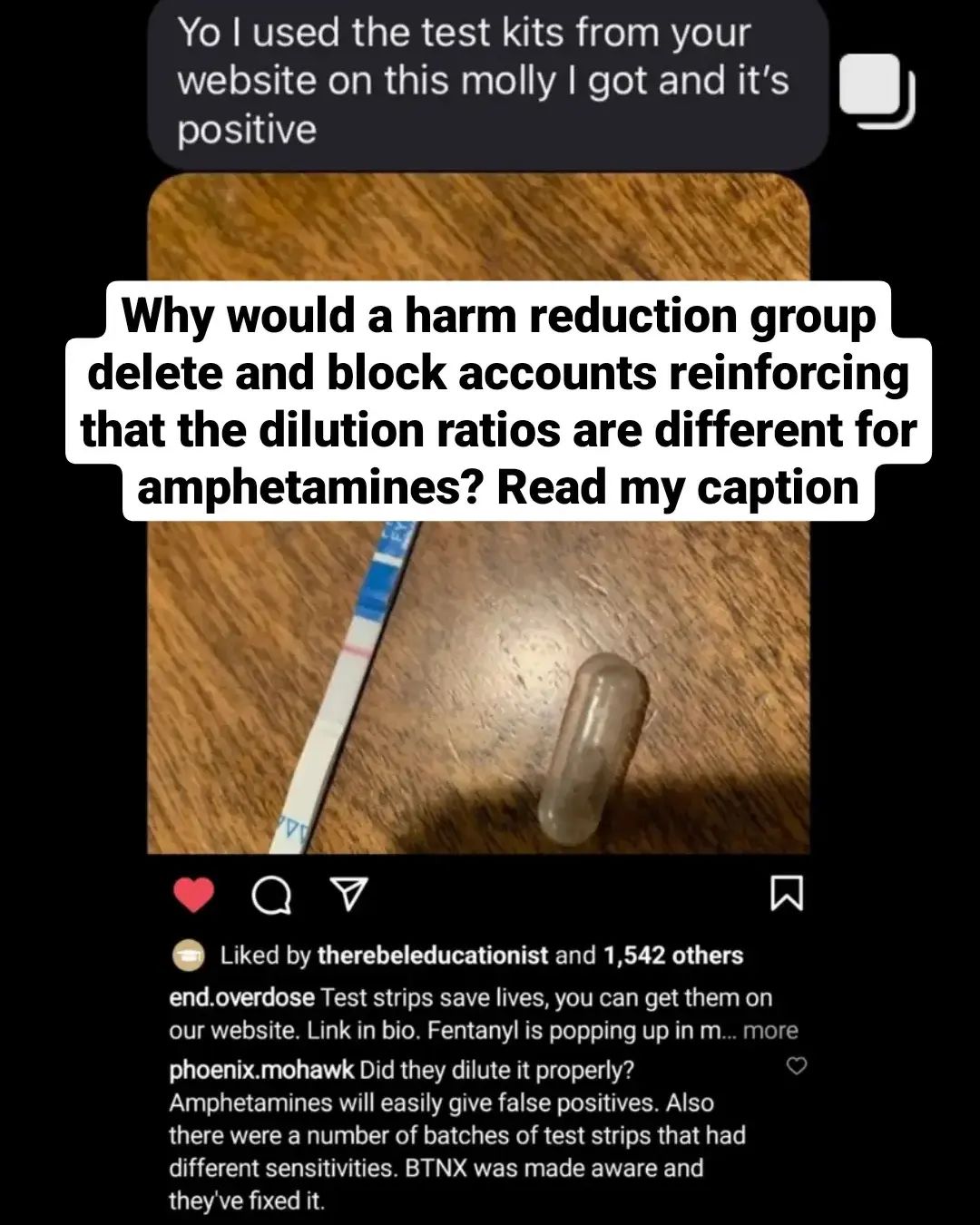
Antidepressant Drugs and Their actions
I want to expand on antidepressant drugs and their actions:
MAOIs (Monoamine oxidase inhibitors) – Monoamine oxidase is a natural enzyme that breaks down serotonin, epinephrine, and dopamine. MAOIs block the effects of this enzyme. As a result, the levels of those neurotransmitters might get a boost.
Some of the most commonly prescribed antidepressants are reuptake inhibitors. Reuptake is the process in which neurotransmitters are naturally reabsorbed back into nerve cells in the brain after they are released to send messages between nerve cells. Reuptake inhibitors prevent this from happening. Instead of getting reabsorbed, the neurotransmitter temporarily stays in the gap between the nerves, called the synapse.
SSRIs (Selective serotonin reuptake inhibitors) – These inhibit the inactivation of serotonin by blocking its reuptake. (Paxil, Zoloft, Celexa, Lexapro, etc.)
SNRIs (Serotonin and norepinephrine reuptake inhibitors) – These block the reuptake of both serotonin and norepinephrine. (Cymbalta, Effexor, etc.)
NRDI (Norepinephrine and dopamine reuptake inhibitors) – This affects the reuptake of norepinephrine and dopamine (Wellbutrin, Ritalin, etc.).
Other Antidepressants: NRIs (Strattera, etc.), SNDRIs/TRI (Meridia, Effexor as an imbalanced SNDRI, PCP, & [Es]ketamine, as a weaker SNDRI) Tetracyclics, SARIs, Tricyclics (old), and MAOIs (also old as a prescribed antidepressant, but naturally present in plants such as Peganum harmala, Banisteriopsis caapi (used to prepare ayahuasca), Passionflower, and Yohimbe (can be found OTC as a dietary supplement)), nutraceuticals or “medical food” like folate (vitamin B9).




